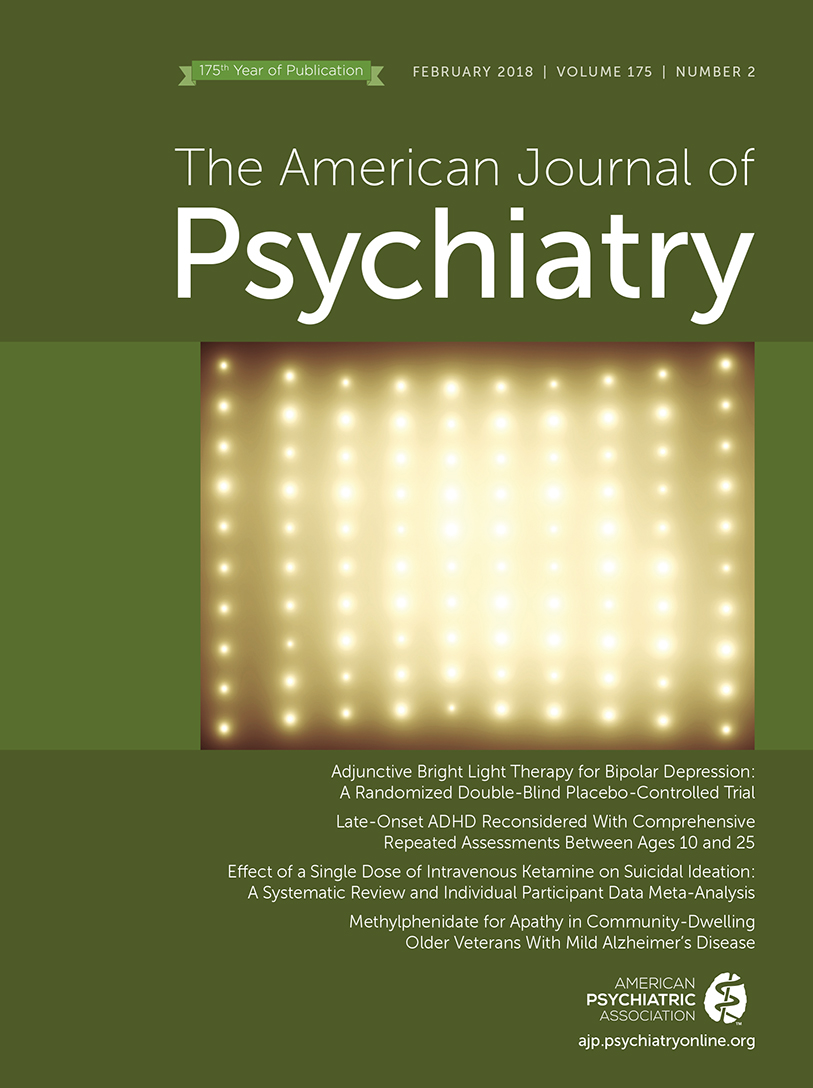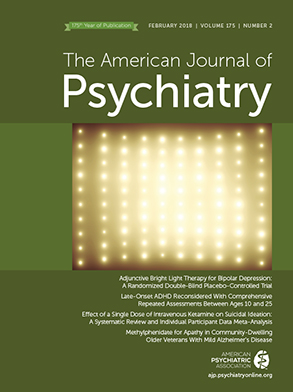The Neurodevelopmental Basis of Early Childhood Disruptive Behavior: Irritable and Callous Phenotypes as Exemplars
Abstract
Defining The Neurodevelopmental in Early Childhood Syndromes
Historical Perspectives on Disruptive Behavior in Psychiatric Research
Developmental Phenotype of Early Disruptive Behavior
Dimensional Focus
Developmental Specification Framework
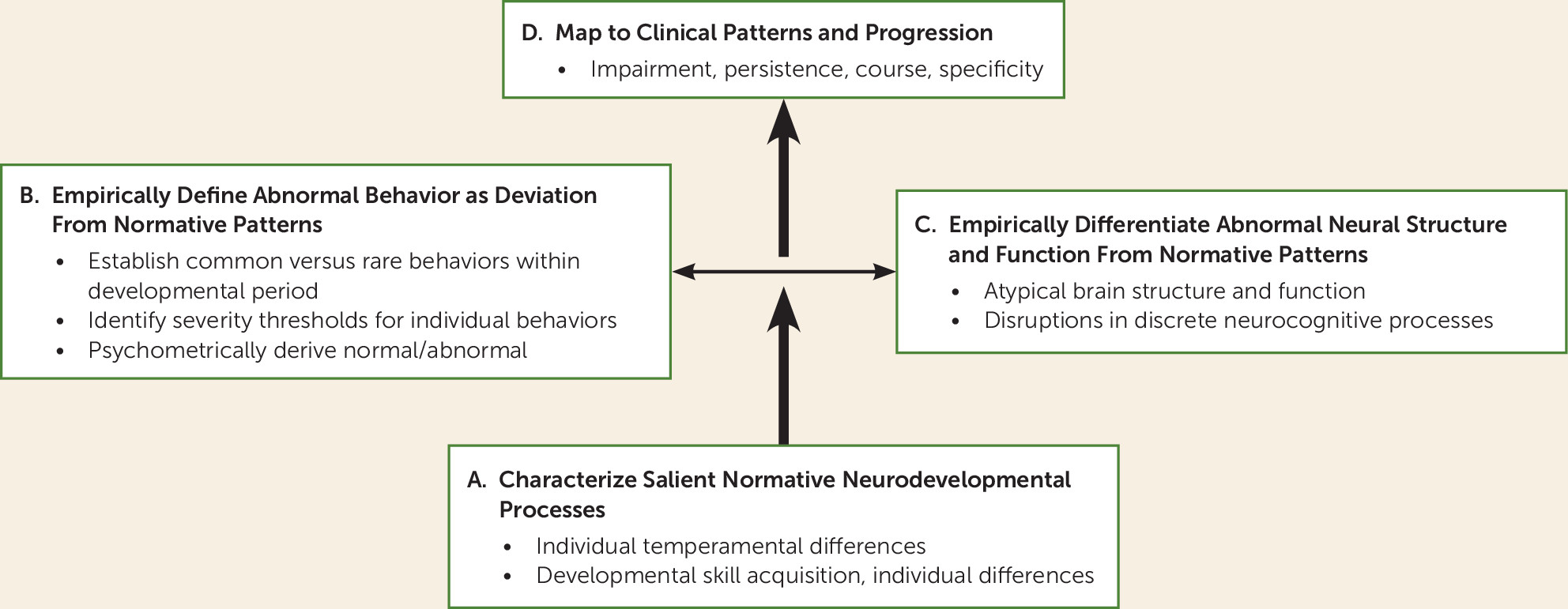
Developmental Specification of Neurodevelopmental Patterns of Early Irritability
Irritability and Its Clinical Manifestations
Normative Developmental Substrates of Irritability
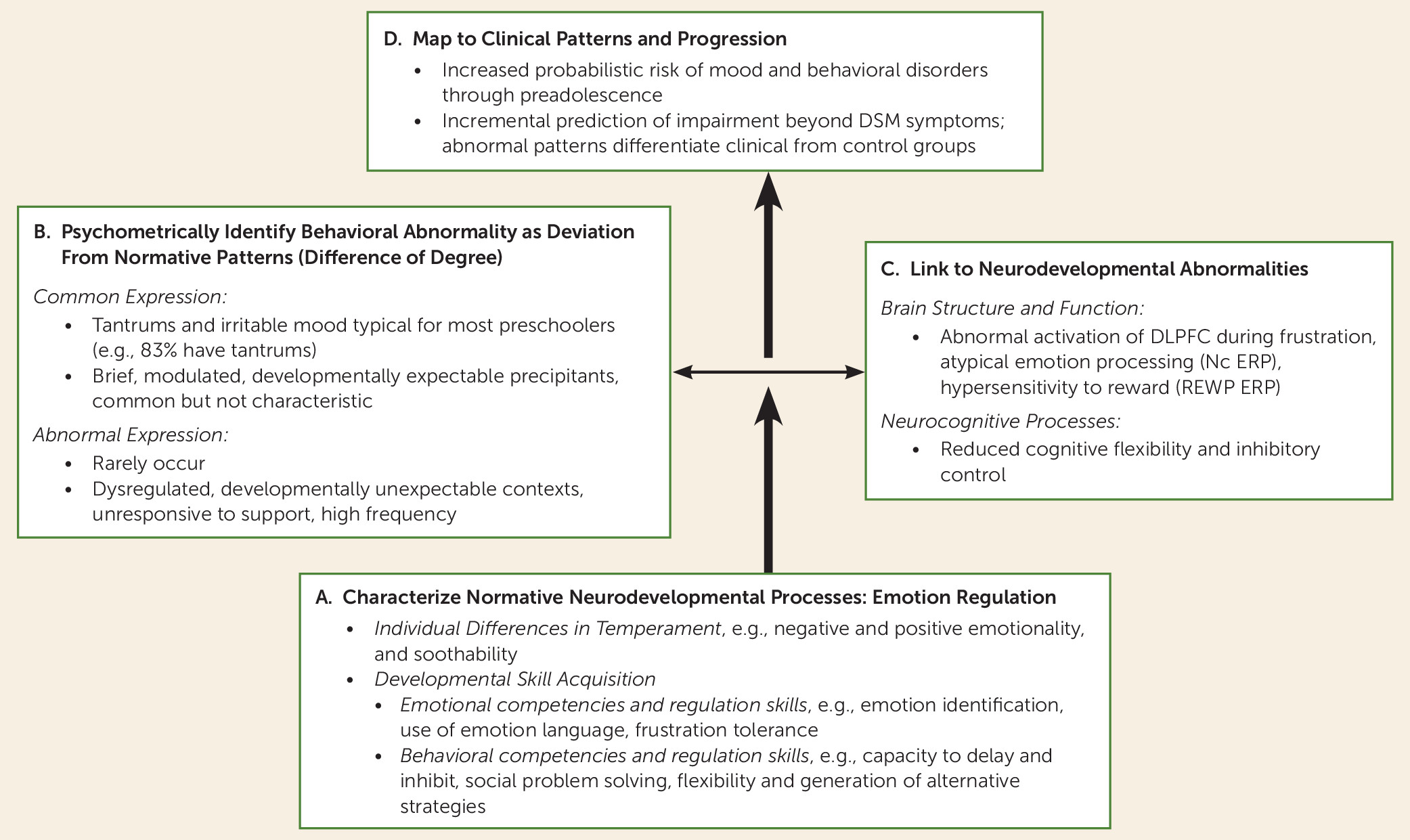
Statistical Differentiation of Early Abnormal Irritability
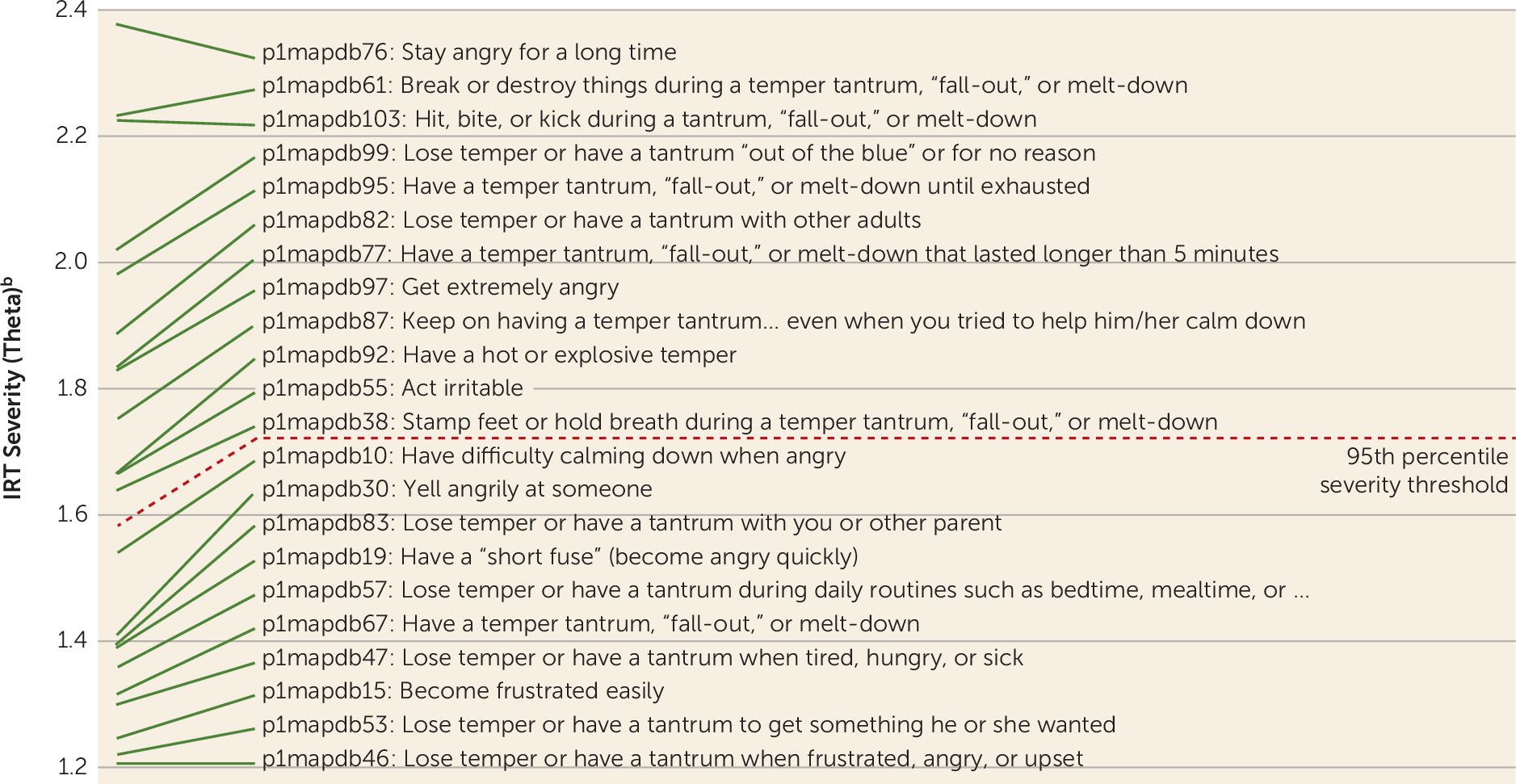
Early Irritability and Neurodevelopmental Abnormalities
Executive Functioning
Reward Processing
Clinical and Predictive Validity of Early Childhood Irritability
| Sample | Sample Size | Measurement | Age(s) (years) | Psychometric Validityb | Clinical and Predictive Validity of Irritability |
|---|---|---|---|---|---|
| Barcelona sample (71, 137) | 622 | DICA oppositional defiant disorder symptoms | 3, 4, 5, and 6 | Yes | Differentiates association with concurrent disorders; trajectories differentiate normal and abnormal patterns to age 6 |
| Bipolar at risk sample (138) | 44 | DB-DOS observed anger modulation | 3–6 | Yes | Preschoolers with family history of bipolar disorder have greater observed irritability |
| Connecticut Early Development Project (64) | 532 | ITSEA temper loss | 3 | Yes | Concurrent impairment |
| Chicago Preschool Project (64, 139) | 336 | K-DBDS index, DB-DOS, observed anger modulation | 3–5 | Yes | Concurrent/longitudinal impairment to age 6 |
| Fragile Families and Child Wellbeing Study (140) | 4,898 | CBCL | 3, 5, and 9 | Yes | Trajectories over time differentiate normal and abnormal patterns: children with stable high irritability have greater risk of externalizing problems at age 9 |
| Multidimensional Assessment of Preschoolers Study (MAPS) (65, 75, 78) | Psychometric, 3,347; validity, 497 | MAP-DB temper loss | 3–5, with 9-month follow-up | Yes | Quality and frequency psychometrically distinguish normal and abnormal patterns; concurrent/longitudinal impairment; provides incremental utility beyond DSM-IV symptoms; differentiates clinical prediction of disruptive and mood disorders to age 8 |
| Pittsburgh developmental psychopathology study (127) | 310 (boys) | Observed anger regulation | 3.5–6 | Yes | Poorer regulation of anger predicts later externalizing problems to age 6 |
| St. Louis study of early depression (120) | 279 | PAPA tantrum features | 3–6 | Yes | Tantrum quality, duration, and frequency differentiate disruptive and depressed preschoolers from healthy controls |
| Stonybrook temperament and clinical samples (59, 113, 136, 141) | 601 | PAPA chronic irritability | 3–4, 6, and 9 | Yes | Predicts current/longitudinal impairment and DSM-IV disorders; incremental utility for disruptive and mood disorders, functional impairment, and service use beyond baseline symptoms to age 9; differentiating facets of irritability (irritable mood and tantrums) has clinical utility; DMDD prevalence at age 6: 8.2% (6.9% with daily criterion) |
| Twins Early Development Study (TEDS) (142) | 3,154 twin pairs | Irritability: SDQ | 4, 7, and 9 | Yes | Preschool irritability more stable through age 9 than behavioral conduct problems |
| Duke preschool study (143) | 928 | Irritability: PAPA DMDD symptoms | 2–6 | Yes | DMDD prevalence: 3.3% (1.7% with daily criterion) |
Developmental Specification of Neurodevelopmental Patterns of Early Callous Behavior
Callous Behavior and Its Clinical Manifestations
Developmental Substrates of Callous Behavior
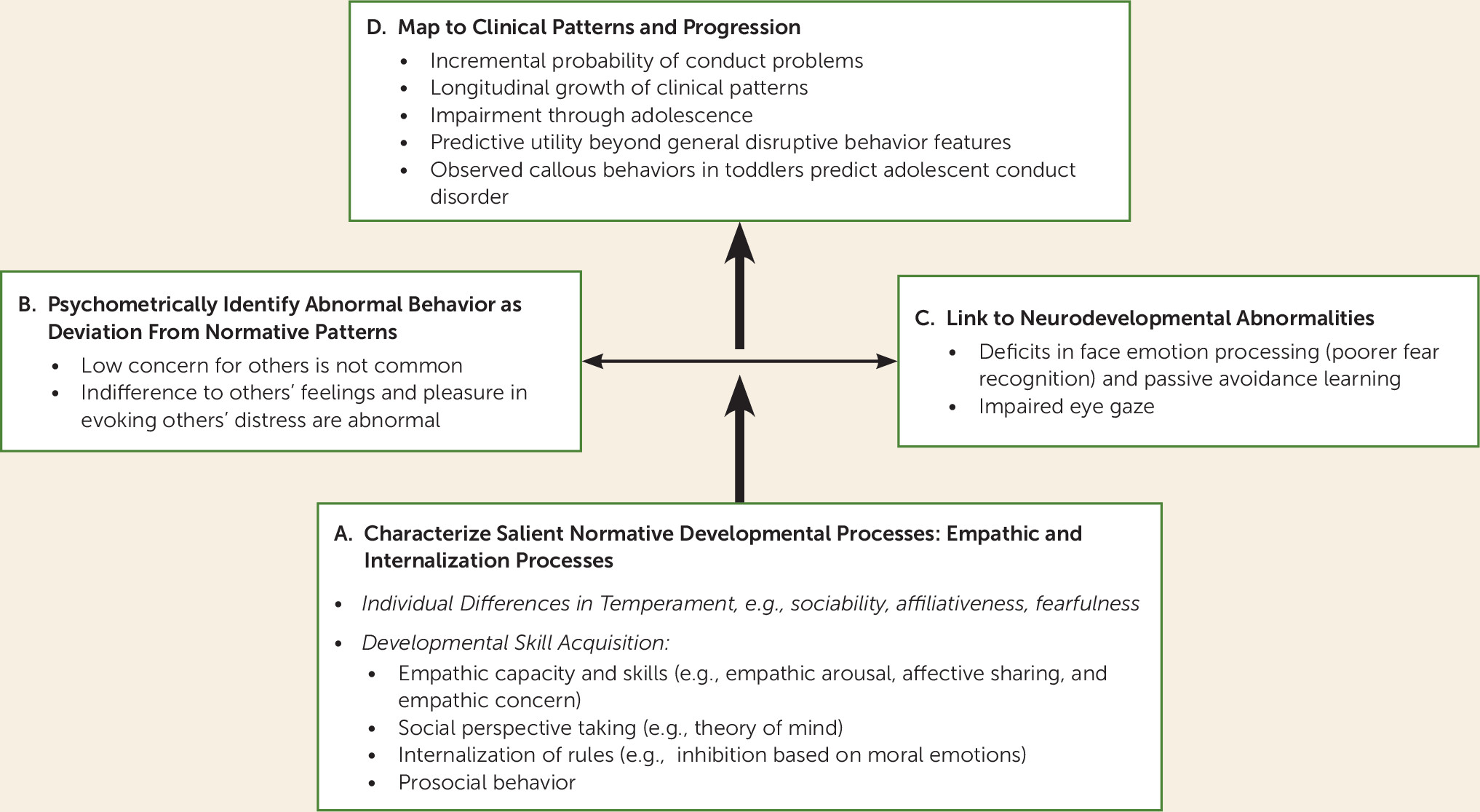
Statistical Differentiation of Early Callous Behavior
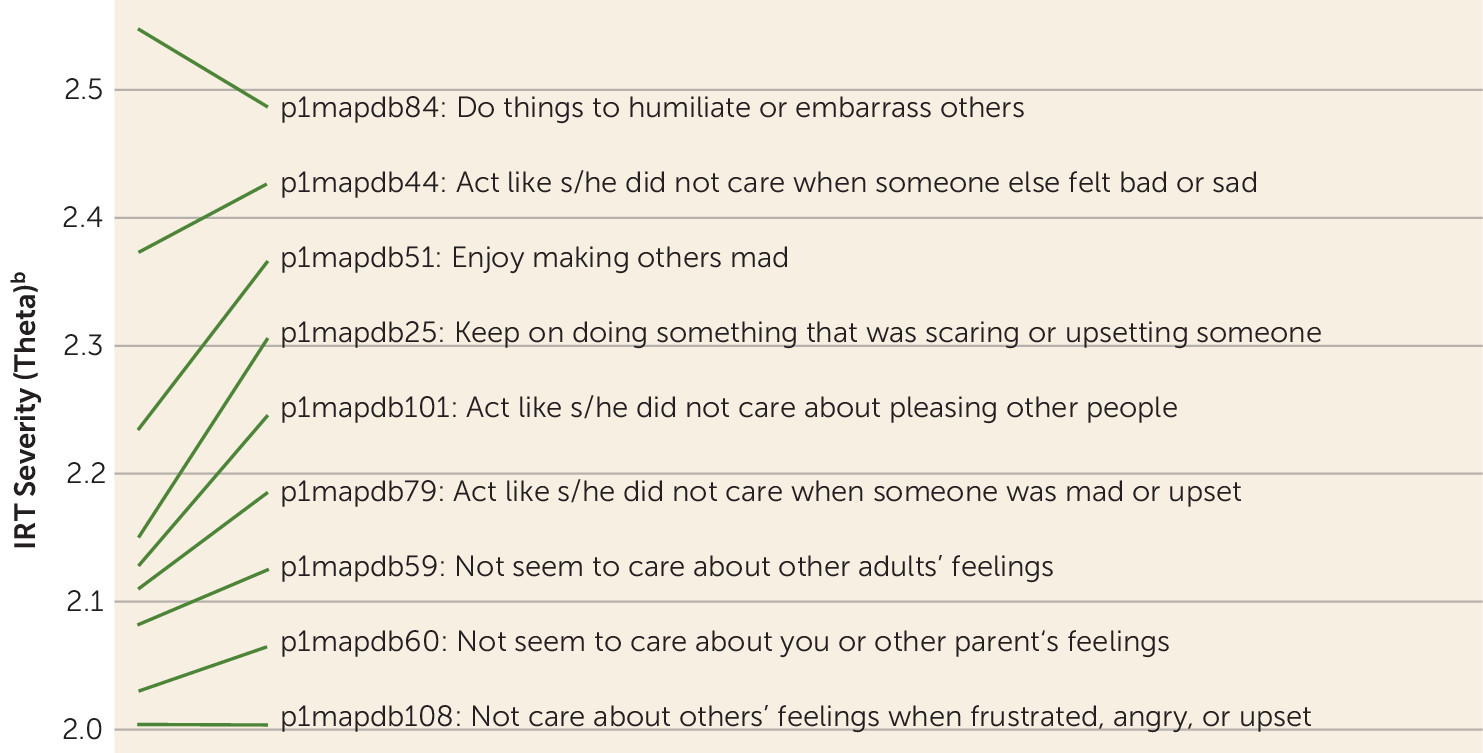
Early Callous Behavior and Neurodevelopmental Abnormalities
Clinical and Predictive Validity of Early Callous Behavior
| Sample | Sample Size | Measurement | Age(s) | Psychometric Validityb | Clinical and Predictive Validity of Callous Behaviors |
|---|---|---|---|---|---|
| Barcelona study (172, 173) | 622 | ICU | 3 and 4 years | Yes | Predicts disruptive behavior disorder and comorbid symptoms, impairment, and service use at 5 years, accounting for age 3 disruptive behavior disorders and temperament |
| Colorado longitudinal twin study (15, 174) | 956 | Observed and interview-derived concern and disregard for others | 14–36 months (4 times) | Yes | Disregard predicts conduct disorder symptoms to age 17 |
| Connecticut Early Development Project (64) | 532 | ITSEA low concern for others | 3 years | Yes | No |
| Cyprus sample (175) | 214 | ICU and University of New South Wales callous/unemotional scale | 3–6 years | Yes | Associated with overt aggression and overall problem intensity |
| Chicago Preschool Project (64) | 336 | K-DBDS low concern for others | 3–5 years | Yes | No |
| Early Growth and Development Study (EGDS) (171, 176, 177) | 561 | CBCL | 26 months | Yes | Predicts externalizing problems at age 10; severe antisocial behavior of biologic parent (+) and adoptive mother positive reinforcement (–) predict callous behavior at 27 months |
| Early Steps study (178, 179) | 731 | CBCL, ECBI, ACRS deceitful/callous behavior scale | 2–4 years (3 times) | Yes | Predicts problem behavior to age 4; does not moderate treatment effectiveness |
| Durham Child Health and Development Study (169) | 178 | CBCL | 3 years | Yes | No |
| Finnish Internet-assisted parent training study (180) | 464 | ICU | 4 years | — | Is responsive to parent training |
| Head Start sample (181) | 49 | APSD | 2–5 years | Yes | Associated with concurrent aggression |
| Hitkashrut intervention study (182) | 209 | APSD, ICU | 3–5 years | Yes | Treatment improves callous/unemotional behaviors, and control group callous/unemotional behaviors worsen |
| Iowa family study (157, 183) | 102 | ICU, decrements in observed features of conscience (empathy and internalization of rules) | ICU, 5.5 years; decreases in features of conscience, 25–52 months (3 times) | Yes | Prediction of externalizing problems to 8 years by (a) interaction of callous/unemotional behaviors and mutual parent-child engagement and (b) poorly developed conscience |
| NICHD Early Childcare Study (184) | 1,176 | CBCL | 3 years | Yes | Predicts stably high aggression to age 11 |
| Michigan preschool externalizing study (170, 177) | 240 | CBCL | 3 years | Yes | Predicts growth of externalizing problems to age 10 |
| Multidimensional Assessment of Preschoolers Study (MAPS) (75, unpublished 2016 study by Wakschlag et al.) | Psychometric, 3,347; validity, 497 | MAP-DB low concern for others | 3–5 years | Yes | Associated with concurrent and short-term longitudinal impairment |
| Parent-child interaction therapy (PCIT) samples (185) | 63 | CBCL | 46 months | Yes | Predicts reduced response to treatment |
| Project Support intervention study (186) | 66 | APSD, ICU | 4–9 years | Yes | Treatment improves callous/unemotional behaviors |
| Southeastern U.S. study (187) | 102 | APSD, SDQ | 4–6 years | Yes | No |
| Summer treatment camp sample (188) | 86 | Peer nominations | 5 years | Yes | Associated with impairment in academic and social functioning |
| Parenting Our Children to Excellence (PACE) study (189) | 610 | APSD | 4 years | Yes | No |
Intersection of Neurodevelopmental Predispositions and Environment in Shaping Disruptive Behavior Pathways
Conclusions and Future Directions
Acknowledgments
Supplementary Material
- View/Download
- 33.19 KB
References
Information & Authors
Information
Published In
History
Keywords
Authors
Competing Interests
Funding Information
Metrics & Citations
Metrics
Citations
Export Citations
If you have the appropriate software installed, you can download article citation data to the citation manager of your choice. Simply select your manager software from the list below and click Download.
For more information or tips please see 'Downloading to a citation manager' in the Help menu.
View Options
View options
PDF/EPUB
View PDF/EPUBLogin options
Already a subscriber? Access your subscription through your login credentials or your institution for full access to this article.
Personal login Institutional Login Open Athens loginNot a subscriber?
PsychiatryOnline subscription options offer access to the DSM-5-TR® library, books, journals, CME, and patient resources. This all-in-one virtual library provides psychiatrists and mental health professionals with key resources for diagnosis, treatment, research, and professional development.
Need more help? PsychiatryOnline Customer Service may be reached by emailing [email protected] or by calling 800-368-5777 (in the U.S.) or 703-907-7322 (outside the U.S.).
